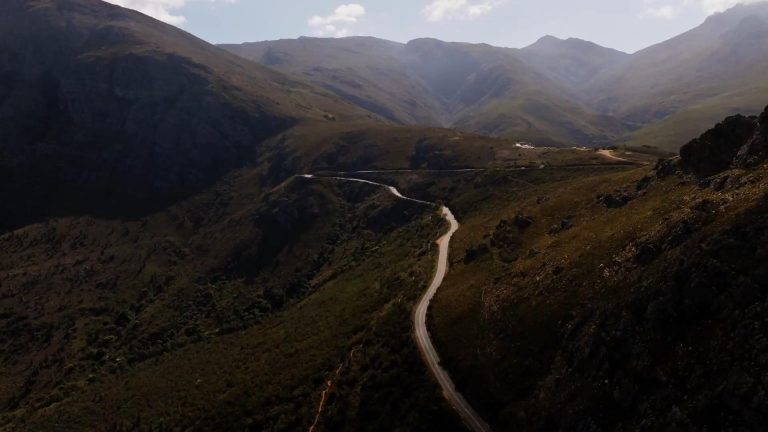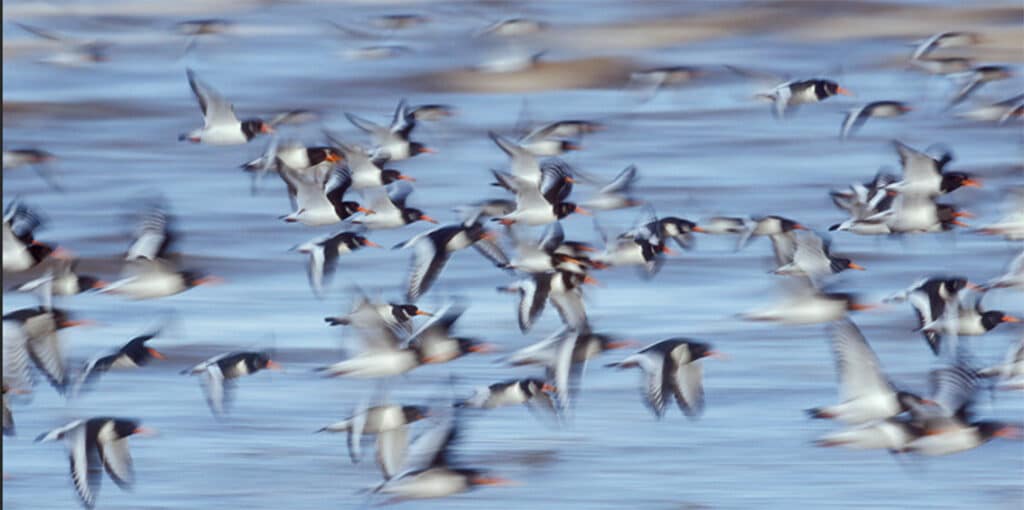Source: Matthew Symonds and Sara Ryding, The Conversation, 7 September 2021, photo credit: www.naturettl.com
Global warming is a big challenge for warm-blooded animals, which must maintain a constant internal body temperature. As anyone who’s experienced heatstroke can tell you, our bodies become severely stressed when we overheat.
Animals are dealing with global warming in various ways. Some move to cooler areas, such as closer to the poles or to higher ground. Some change the timing of key life events such as breeding and migration, so they take place at cooler times. And others evolve to change their body size to cool down more quickly.
Our new research examined another way animal species cope with climate change: by changing the size of their ears, tails, beaks and other appendages. We reviewed the published literature and found examples of animals increasing appendage size in parallel with climate change and associated temperature increases.
In doing so, we identified multiple examples of animals that are most likely “shape-shifters” – including species in Australia. The pattern is widespread, and suggests climate warming may result in fundamental changes to animal form.
Read more
The South African Pork Producers’ Organisation (SAPPO) coordinates industry interventions and collaboratively manages risks in the value chain to enable the sustainability and profitability of pork producers in South Africa.









